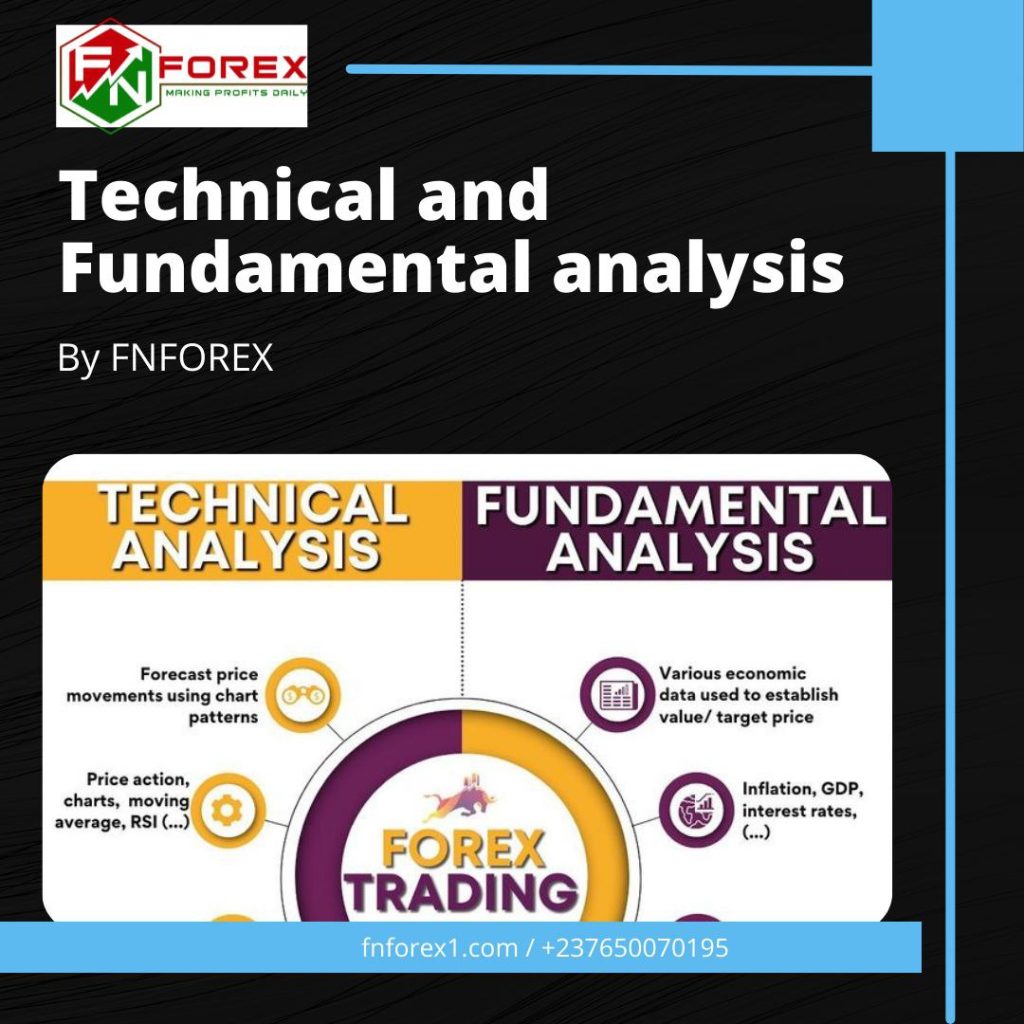Forex Trading: Technical and Fundamental Analysis
Technical and fundamental analysis are both necessary for successful forex trading. A good understanding of these two different types of analysis is an essential tool for any trader.
Money does not just exist in your bank account, but also in the value of the currency you are trading. Efficient traders understand that the value of a currency depends on four different factors — the demand for that currency, the supply of that currency, the interest rate on that currency, and the general economic situation of the country where that currency is traded. Understanding the fundamental nature of a currency is a great way to understand the demand for that currency. This article will explore the fundamental analysis and technical analysis. how they relate to Forex trading.
Types of Forex Trading Analysis
Fundamental analysis and technical analysis are both types of analysis that are used by forex traders. Fundamental analysis examines the demand for a currency, while technical analysis examines the supply and demand of a currency to predict future movements. Although fundamental analysis and technical analysis are both used by forex traders, fundamental analysis can also be used by traders who do not want to get involved in technical analysis.
What is Fundamental Analysis?
Fundamental Analysis looks at what drives demand for a currency. The Macroeconomic factors that affect demand include interest rates, unemployment rates, GDP growth, and inflation rates. Other factors that are looked at are the supply of a currency. This includes the availability of the currency, the stability of the country where the currency is traded, and the position of the country in the international economy. A proper understanding of these factors will allow you to make more informed decisions when making trades.
How does Fundamental Analysis relate to Forex Trading?
The fundamental analysis relates to Forex trading as the underlying factors that drive demand also drive price changes in Forex. For example, if interest rates go up, this will have an effect on demand for currencies that are based on interest rates. If a country’s economy improves and unemployment rates go down, demand will increase for that currency. Furthermore, if supply is not available or stable enough, demand will not be affected, and the currency’s price will rise.
How to use Fundamental Analysis for Forex Trading
The most basic way to use fundamental analysis for Forex trading is to look at the data that is available from the International Monetary Fund (IMF). The IMF publishes macroeconomic statistics for a variety of countries, including GDP growth and inflation rates. By looking at these statistics, you can get a good idea of the supply and demand factors for a particular currency. This will help you make informed decisions when trading the currency.
Other types of Forex Analysis
There are other forms of analysis that can be used for trading currencies. Technical analysis looks at factors that affect supply and demand and predicts future movements in a currency. These factors include past prices, volume, open interest, and other indicators. Trading strategies are often based on technical analysis. However, because technical analysis is based on past data, it can be unreliable. Therefore, while technical analysis can provide an indication of future price movements, it is required to put into consideration the fundamental analysis.
Is Forex Trading Just Technical Analysis?
No, both fundamental and technical analysis are used by forex traders. However, both have their limitations. Technical analysis can be unreliable because it is based on past data. Thus, it is not a reliable predictor of future price movements. It can be useful in spotting price patterns but always needs to be interpreted carefully. Fundamental analysis, on the other hand, examines supply and demand factors for a currency and can be used for making trading decisions.
How important is technical analysis in Forex trading?
Technical analysis is important in making trading decisions because trading decisions are not only determined by fundamentals but also by the level of liquidity in terms of trading volume and the number of players in the market at a particular time on a particular currency. It can be useful in spotting price patterns and is a good way to get an understanding of how a currency is trading. However, these patterns can change over time, and therefore, technical analysis reliable way of making trading decisions.
It is important to understand that technical analysis is based on past data, and therefore, it is not a reliable way of making trading decisions.
Conclusion
In this article, we have looked at the types of analysis that are used to make trading decisions in Forex. We have also looked at the different types of analysis and how each can be used for Forex trading. Finally, we have explored why technical analysis is not a reliable way of making trading decisions, and why fundamental analysis is a better option. It is important for any trader to understand the fundamentals of the currency they are trading. By doing so, you can make more informed decisions when trading currencies, which will ultimately lead to greater profitability in the long run.
TO LEARN MORE ABOUT FUNDAMENTAL AND TECHNICAL ANALYSIS JOIN FNFOREX ONE ON ONE MENTORSHIP, WE TAKE YOU FROM BEGINNERS COURSE TILL YOU BECOME PROFITABLE TRADING ON YOUR OWN. AND YOU WILL BE MAKING PROFITS WHILE YOU LEARN, CONTACT US TODAY FOR YOUR INQUIRIES.
best Forex Trading for Beginners lessons and What Are the Forex Major Pairs?


enjoy this article on forex technical and fundamental analysis for beginners and leave a comment below
Pingback: Forex Trading for Beginners: A Simple Guide to Getting Started in the World of Trading - FN FOREX